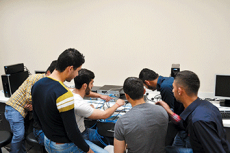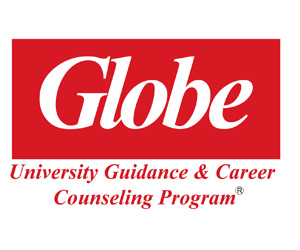- Details
- Hits: 6162
By Ronald B. Standler
1. Introduction
The purpose of this essay is to explain accreditation to students in the USA, as well as to foreigners who are baffled at the complexity of accreditation in the USA. A secondary purpose is to explain the requirements for academic degrees in the USA.
2. Regional Accrediting Organizations
There are six regional accrediting organizations for universities in the USA, each with a different territory. These regional accrediting organizations accredit all degrees, in all subject areas, in an entire university. (See below for organizations that accredit degrees in a single academic subject.) The alphabetical list of states in parentheses comprise the region for each organization.
- Details
- Hits: 5486
There are also accrediting organizations for academic degrees in some specific subject areas. For example:
- Chemistry
The American Chemical Society, Committee on Professional Training (ACS) - Computer Science
The Accreditation Board for Engineering & Technology, Computing Accreditation Commission (ABET-CAC). The Computing Sciences Accreditation Board (CSAB) participates in ABET. The CSAB includes representatives of the Association for Computing Machinery, the Computer Society of the Institute of Electrical and Electronic Engineers, and the Association for Information Systems. - Engineering & Technology
The Accreditation Board for Engineering & Technology (ABET) has representatives from all of the major engineering professional societies in the USA, including the Association of Mechanical Engineers (ASME), the Institute of Electrical and Electronic Engineers (IEEE), and the National Society of Professional Engineers (NSPE), amongst many others.
Degrees in engineering technology are often confused with degrees in engineering. The distinction between engineering and technology is:- Engineering students take more classes in mathematics and higher-level classes in physics and chemistry, than technology students. Technology students tend to have more "practical" classes, as in vocational education.
- Consequently, graduates of engineering programs are better qualified to do research and development, such as design novel products. Graduates of technology programs (e.g., a bachelor of science in electrical engineering technology) are generally employed to build prototype products, supervise manufacturing production work, do routine laboratory work, and repair sophisticated electronic equipment.
- Technology programs are not offered by most universities in the USA, so many students who choose to study engineering would be better suited for a technology program.
- Details
- Hits: 5390
The accrediting organizations are all nonprofit corporations. Courts generally defer to any decision made by an accrediting organization, provided that:
- the organization followed its own rules.
- the act was in good faith.
- there exists a formal, internal procedure for protests of an impending act that adversely affects a party.





















